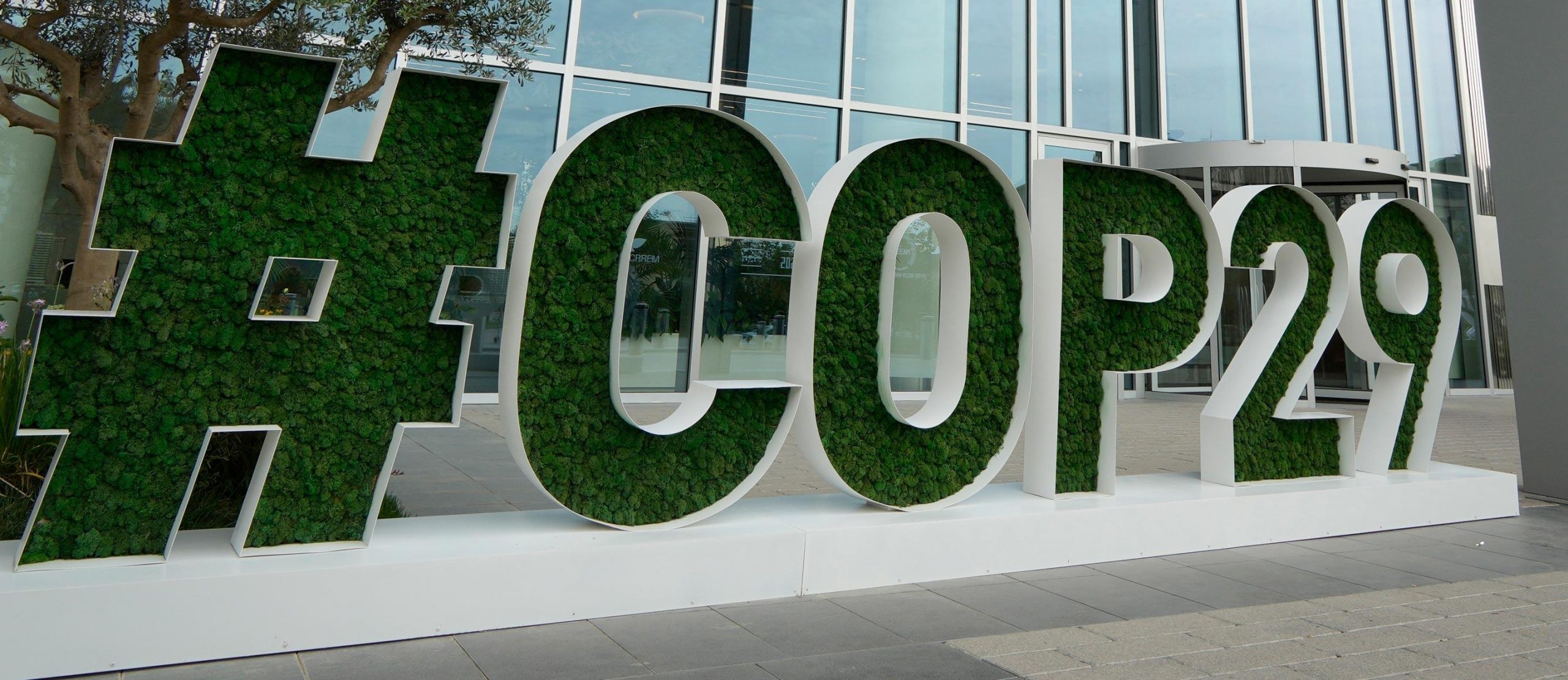Emily Yang (10) | STAFF REPORTER
The COP, Conference Of the Parties, more commonly referred to as the COP of the United Nations Framework Convention on Climate Change (UNFCCC), is a global conference that generally aims to discuss climate change and promote scientific developments. Last year’s COP marked the 29th summit, hence the name COP29, and exhibited several improvements in comparison to COP28, yet also left several delegates unsatisfied with the results of the conference.
In regards to the key outcomes of COP29, the most notable development lies within the new global climate finance goal. With a goal of enabling all developing countries to establish a carbon neutral path, the COP29 agreed to raise the finance goals for this funding from $100 billion annually per developed country to $300 billion annually from 2025 to 2035.
Although this goal is triple the previous target and significantly improved, its effectiveness is questioned. With estimated costs for developing countries to sustain a low carbon setting to be around 1 trillion dollars, many delegates representing undeveloped countries were unsatisfied with this decision. As a response, the COP proposed for developed countries such as Canada, the United States, etc. to contribute above the suggested $300 billion in funding.
However, similar frustrations were carried on with the reestablishment of the Mitigation work programme, a decision that identified technical carbon reduction options and prompted for government collaborations. While many expressed their support, other delegates questioned the immediate effectiveness and financial issues associated with this program. Furthermore, countries with emerging economies, such as India, Saudi Arabia and China, were not in favour of a higher mitigation ambition.
Throughout COP29, many climate issues were addressed and concluded upon – others, such as the logistics of the global stocktrade, Just transition Work Programme, GST Dialogue, etc., were disputed but not given a clear consensus upon. However, decisions that were successfully adopted in this conference include a gender action plan that promoted the integration of gender in climate finance, Indigenous People Platform (LCIPP), a platform that supported the participation of Indigenous representatives and Indigenous languages, and more.
In conclusion, the COP29 established several novel measures yet also left several ambiguities for the upcoming climate summit. Whilst COP29 was able to address prominent issues within the UNFCCC, such as the climate finance goals and Article 6, the effectiveness of these measures and whom they affect are still questioned by many delegates representing underdeveloped countries.



